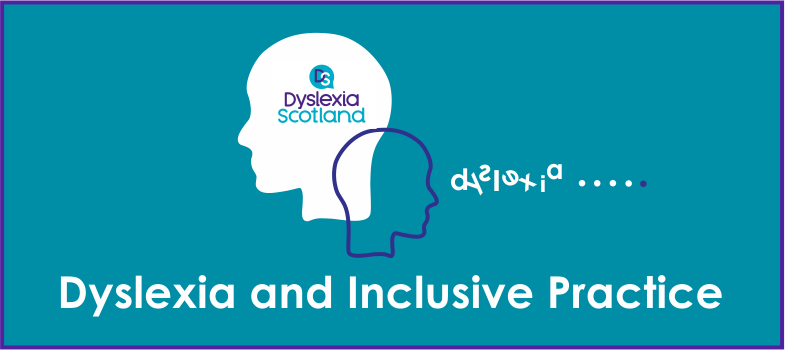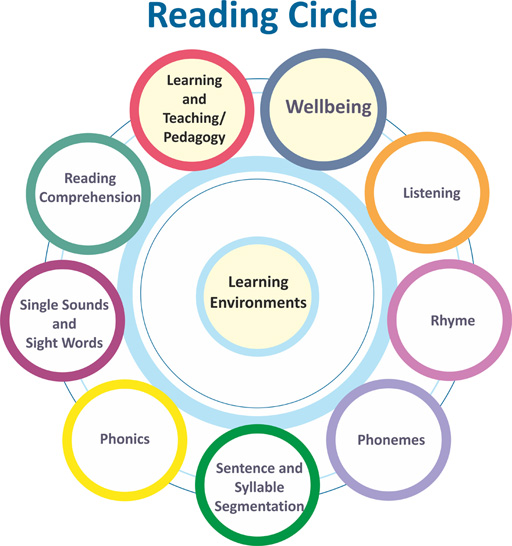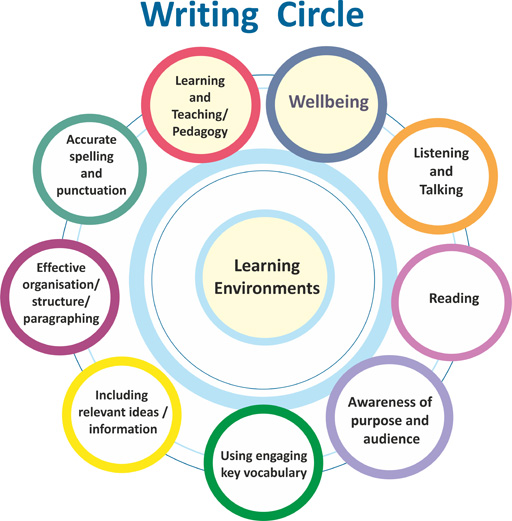3.3. Supporting literacy
Understanding how to support literacy skills is as important in a secondary school setting as it is in nursery and primary settings. There is a range of resources available to support the development of literacy, which are available nationally and within local authorities.
The Addressing Dyslexia Toolkit working group have developed the
The Circles provide:
- Descriptions of the key areas involved in the acquisition of reading skills
- A tool to identify areas of difficulty
- Approaches and strategies for each key area.
The Circles include a practical planning/evaluation tool to record discussions with colleagues, staff and, where appropriate, the learner. It can highlight strengths and difficulties and offer guidance on planning the next steps appropriately, bearing in mind that some of the identified strengths could be used to support areas of difficulty.
Downloads of the summary Circles with the planning page at the end of each file are available here:
Select here [Tip: hold Ctrl and click a link to open it in a new tab. (Hide tip)] to download the PDF Reading Circle
Select here to download the PDF Writing Circle
Now try the formative quiz 1 to consolidate your knowledge and understanding from this section. Completing the quizzes is part of gaining the digital badge, as explained in the module overview.
3.2. Appropriate support approaches


